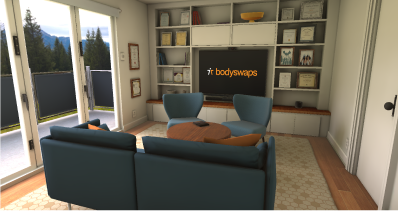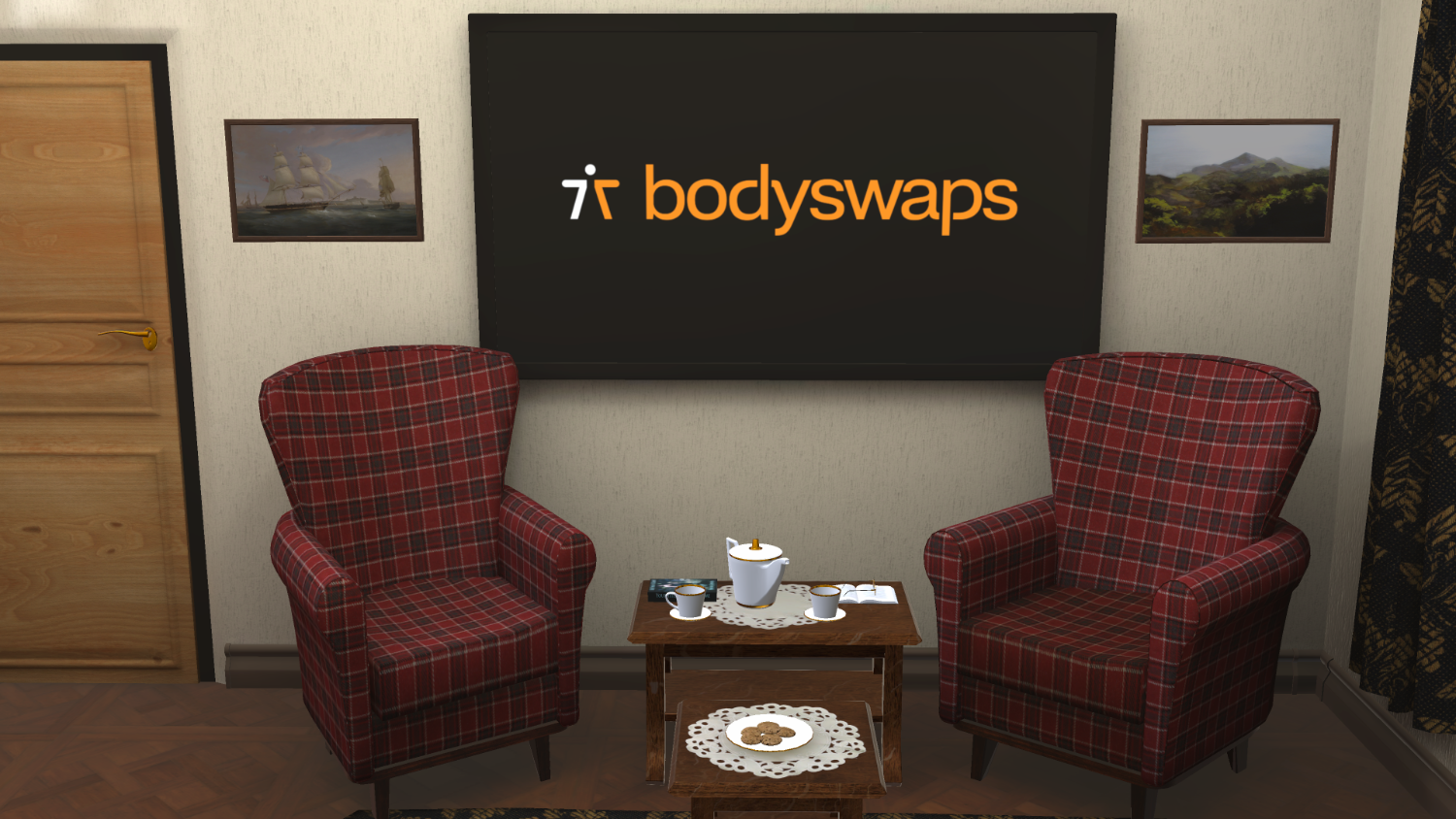Communicating in a Person-Centred Way: Acting With Empathy
Tutor Notes
To really communicate in a person-centred way you need to be able to see things from another person’s perspective and to empathise with them.
This interactive module supports learners working towards their Care Certificate by allowing them to practise demonstrating empathy in complete psychological safety.
Through a series of thoughtful activities, learners will experience what it’s like to care for a person in a vulnerable situation and discover how their own person-centred communication can be used to promote that person’s dignity.
This document provides an overview of each of the learning activities featured in this programme, including:
About this resource
Key learner outcome and goals
Learning Outcome
Practise demonstrating empathy with those you’re caring for and their family members
Learning Goals
- Reflect on how you empathise with the people in your care
- Promote and support dignity and respect
- Work together with each individual and those closest to them to plan their care in a way that suits them
- Prioritise the rights of the person you’re caring for, as far as their capacity allows
A word about terminology
As a medium, Virtual Reality is not best suited to didactic teaching methods.
However, our intention is that all Bodyswaps modules follow a student-centred constructivist pedagogy. This means creating rich experiences in which learners can explore key concepts and ideas and reach their own conclusions.
This is why our documents speak in terms of learning goals and outcomes, rather than measurable ‘learning objectives’ (a la Bloom’s Taxonomy) per se.
Module structure
The complete journey takes the learner through 4 topics, led by virtual coaches Nola and Abeeku, as well as ancillary activities such as onboarding, self-reflection, and the exit survey.
It is a linear experience, meaning the learner will be guided step by step through all the activities by the coaches.
We recommend that learners fully interact with each activity to get the full benefit.
It is estimated that each topic will take the learner approximately 5 minutes to complete, although completion times vary depending on whether the learner chooses to repeat topics to explore different options (encouraged) or fine-tune their freeform responses.
Learner Journey
.svg)
.svg)
.svg)
.svg)
.svg)
.svg)
.svg)
Characters
.webp?width=720&height=1050&name=abeeku%20(1).webp)
.webp?width=720&height=1050&name=nola%20(1).webp)
Nola
Virtual coach.webp?width=720&height=1050&name=geoffrey%20(3).webp)
Geoffrey
Service user.webp?width=720&height=1050&name=mabel%20(1).webp)
Mabel
Geoffrey’s wifeLearning Environments

Tutor Room - Bodyswaps HQ

Geoffrey and Mabel’s living room
Purpose
Familiarise learners with the controls and navigation
Location
Characters
N/A
Duration
3:00
The first time learners use Bodyswaps, this onboarding sequence familiarises them with the features of the app, takes them through an avatar selection and embodiment activity, and prepares them for the experience to come.
In the onboarding, learners will:
- Find out how this training is different from the rest
- Select their avatar
- Discover their virtual journal
- Learn how to navigate and use the tools and settings
Purpose
Introduce the module and reflect on current confidence levels before beginning the activities
Location
Tutor room
Characters
Nola and Abeeku
Journal
Duration
The module begins with coaches Abeeku and Nola (support workers in healthcare and social care respectively) discussing the difference between empathy and sympathy:
- A sympathetic person wants to help fix things and might offer advice or try to find a silver lining based on their own perspective.
- An empathetic person understands what the other person is feeling and doesn’t try to change anything – they just respect your right to feel what you’re feeling in that moment.
They then invite the learner to complete a short likert-style self-reflection survey, to indicate how confident they feel about the following key learning points:
- Empathising with the people in your care
- Promoting their dignity and showing respect
- Working together with each individual and those closest to them to plan their care in a way that suits them
- Prioritising the rights of the person you’re caring for, as far as their capacity allows
These self-reflection questions will be repeated in the debrief at the end, to assess how the learner’s confidence levels have changed.
Note: If you wish to receive data about how the learner’s confidence levels have changed as a consequence of the training, it’s important that they complete this introduction and the debrief at the end.
Purpose
Encourage the learner to reflect on how well they already empathise with others
Location
Tutor room
Characters
Nola and Abeeku
Journal
Duration
Abeeku and Nola take the learner through a sequence of 5 questions designed to get them to reflect on how well they currently empathise with the people in their care. Each question presents three multiple choice options (A = detached, B = empathetic, C = sympathetic).
Learners receive visual feedback in real-time on the screen behind Nola and Abeeku and personalised feedback at the end based on their outcome (mostly As, Bs, or Cs).
After the learner has had a chance to reflect on their ability to put themselves in another person’s shoes, Abeeku and Nola acknowledge that demonstrating empathy isn’t always easy and can feel like a bit of a balancing act.
Using one of the scenarios (An elderly patient makes an outdated, offensive remark that goes against your personal values) as an example, the coaches discuss how challenging a situation like this can be. They remind learners that most people don’t mean to be offensive, but that if you ever feel that someone has crossed a line there are processes to support you.
Purpose
Work together with each individual and those closest to them to plan their care in a way that suits them
Location
Tutor room then Geoffrey and Mabel’s living room
Characters
Nola, Abeeku, Geoffrey
Journal
Duration
In this observation activity, Nola takes the learner on a visit she’s making to Geoffrey, an elderly man with dementia, at the home he shares with his wife Mabel.
Before they leave, Nola and Abeeku share an excerpt from Geoffrey’s care plan, as well as some information on what to consider when visiting the home of someone affected by dementia.
The learner and Nola then transition to Geoffrey’s living room, where the learner watches Nola greet Geoffrey and establish what will happen today, focusing on Geoffrey’s preferences for what he’d like to wear.
At one point, Geoffrey appears confused – he thinks his daughter is coming today to take him to his regular dementia club meeting, but Nola knows that this isn’t happening until tomorrow.
Whenever the learner sees Nola say or do anything to support Geoffrey’s dignity (for example, allowing him to choose what he wears, and responding with kindness and compassion when Geoffrey becomes confused), they click or tap their controller.
Learners receive real-time summary feedback to indicate whether they’ve missed any items. At the end of the scene, they can read more about each of the measures Nola took and watch a replay to put the feedback in context.
Purpose
Work together with the person you’re caring for and those closest to them to plan their care in the way that’s best for them
Prioritise the rights of the individual you’re caring for, as far as their capacity allows
Location
Geoffrey and Mabel’s living room
Characters
Nola, Mabel
Journal
Duration
5:00
Nola shares another excerpt from Geoffrey’s care plan, which describes his wife and primary carer, Mabel. It says that Mabel is committed to Geoffrey’s care but is finding it hard to let go of the Geoffrey she once knew and take his changing preferences into account.
Nola then leaves to help Geoffrey upstairs and asks the learner to talk to Mabel about how things have been going.
This scaffolded conversation consists of a sequence of exchanges in which the learner speaks with Mabel, choosing what to say from a series of three given options. Each option elicits a different response from Mabel, along with pop-up feedback giving them timely input on how they’re doing. If the learner does not select the optimal response, after receiving feedback, they get to try again. This repeats until the learner selects the best option.
As the conversation unfolds, learners discover that Mabel is concerned about Geoffrey, in particular that he will be upset tomorrow because their daughter isn’t able to drive them to the dementia club as usual. They also find out how to gently challenge a few misconceptions that family members may have about what’s best for their loved ones.
Finally, Nola returns to congratulate the learner on demonstrating empathy with Mabel and for identifying one big way you can help her – requesting transport to take Mabel and Geoffrey to the dementia club tomorrow.
Purpose
Practise using empathetic, person-centred communication with the service user in an appropriate way
Location
Geoffrey and Mabel’s living room, then Tutor room
Characters
Geoffrey, Nola, Abeeku
Journal
Duration
It’s nearly time to leave Geoffrey and Mabel’s home. But first, Nola asks the learner to let Geoffrey know what’s going to happen next. She shares a reminder of what to consider when talking to a person with dementia, and puts a list of the things the learner will need to cover up on screen as a reminder:
- Louise isn’t available to take Geoffrey and Mabel to dementia club as usual tomorrow.
- Alternative transport has been arranged so that they can still attend.
- You and Nola will see Geoffrey later this evening to help him get ready for bed.
In this freeform interaction, the learner fills Geoffrey in on the plan, speaking in their own words, and receives feedback on their person-centred communication style and specifically how that should differ when communicating with a person with dementia.
Analytics include eye contact, hand gestures, body language, patronising words and phrases (undesired), and removing distractions (speaking clearly and sticking to the facts).
The learner then has the option to switch bodies with Geoffrey to listen to their own explanation from his perspective.
Finally, the learner returns to the tutor room, where Nola and Abeeku recap on just why person-centred communication is such an important part of protecting dignity, especially where dementia is concerned.
Purpose
Debrief the learner upon completion of the training and prompt self-reflection
Location
Tutor room
Characters
Nola and Abeeku
Journal
Duration
Nola and Abeeku congratulate the learner on a successful visit to Geoffrey and Mabel’s home and reinforce the key learning points of the module.
Finally, the coaches repeat the self-reflection questions from the start of the module to see how the learner’s confidence has changed.
Note: With soft skills training, it is not unusual to find that learners’ confidence levels actually fall upon completion. This is because people are often overconfident in their ability to communicate or empathise before the training begins. As the experience raises self-awareness, confidence levels may fall in response.
Purpose
Assess the effectiveness of the training itself
Location
N/A
Characters
N/A
Journal
Duration
Before the learner leaves the module, they are asked to complete a short survey about their experience.
This survey is not compulsory, but the data helps us to assess the effectiveness of our product and identify any areas that need improvement. Clients also find it beneficial when assessing ROI.
They are asked to mark whether they agree or disagree with the following statements, on a 10 point scale:
- I would recommend this experience to others
- The experience helped me identify elements I could improve upon
- I have a better understanding of how to communicate with empathy to promote dignity
